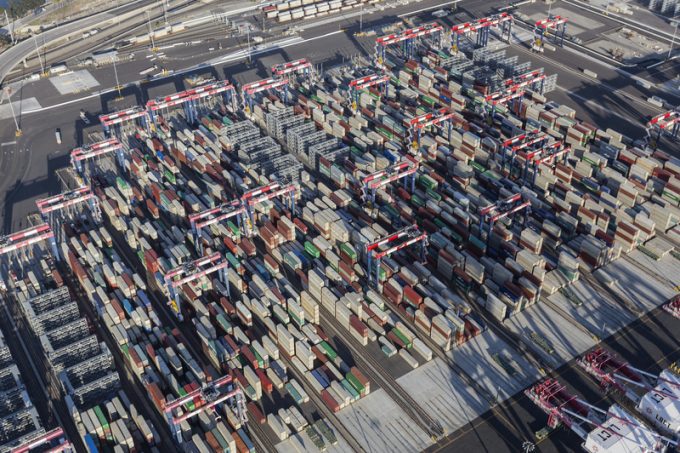Widespread blanked sailings stave off major collapse of transpacific rates
Spot rates across all the major east-west deepsea trades continued their downward descent this week, ...

Ocean carriers are determined to keep container spot rates at their highly elevated levels for as long as possible, as they look to lock in annual contract customers with rate increases of 100% or more.
And with no sign of a spot rate decline following the beginning of Chinese New Year last week, shippers that have held off sitting down with their carriers, expecting the normal rate erosion after CNY, are now having to bite the bullet and agree much higher ...
Maersk u-turn as port congestion increases across Northern Europe
Maersk Air Cargo sees volumes fall as it aims for 'margin in favour of revenue'
Keep our news independent, by supporting The Loadstar
Container spot rates diverge: to Europe still falling, but firmer to the US
Hapag-Lloyd won't take bookings if port congestion leaves cargo stranded
Ecommerce likely the front-runner in resurge of transpacific trade after deal
Containership charter market feels the ripples from trade tensions
Airfreight players eye new routes as demand on the transpacific nosedives

Comment on this article